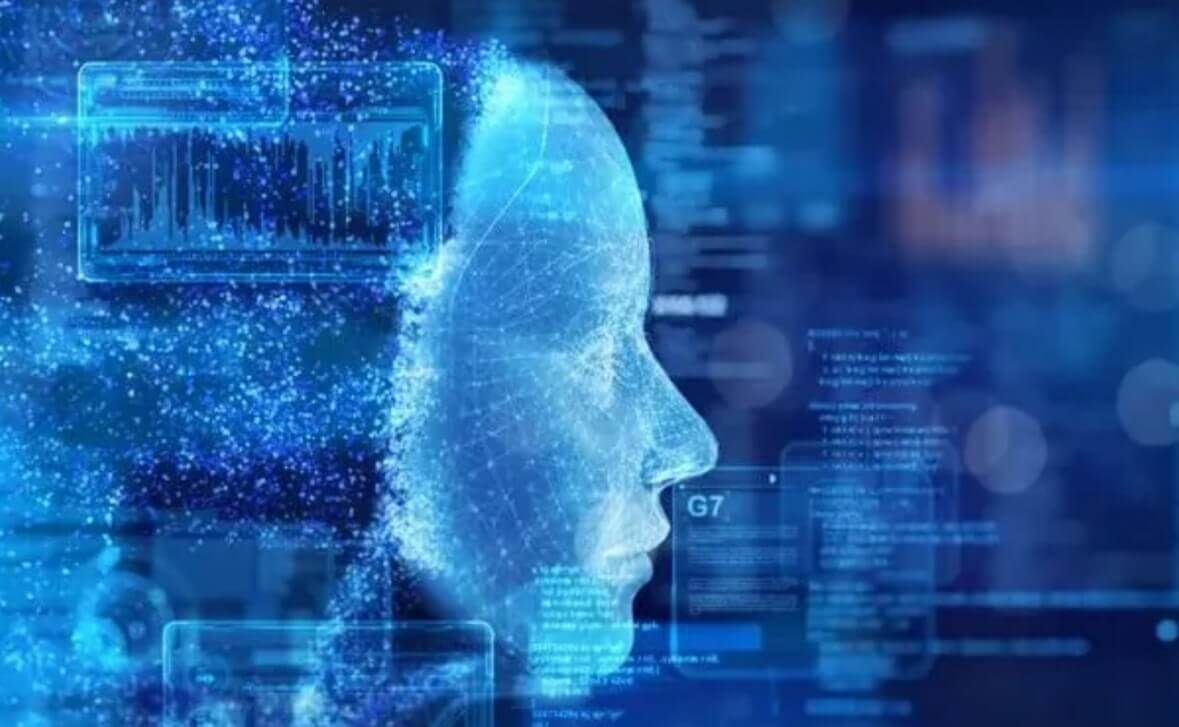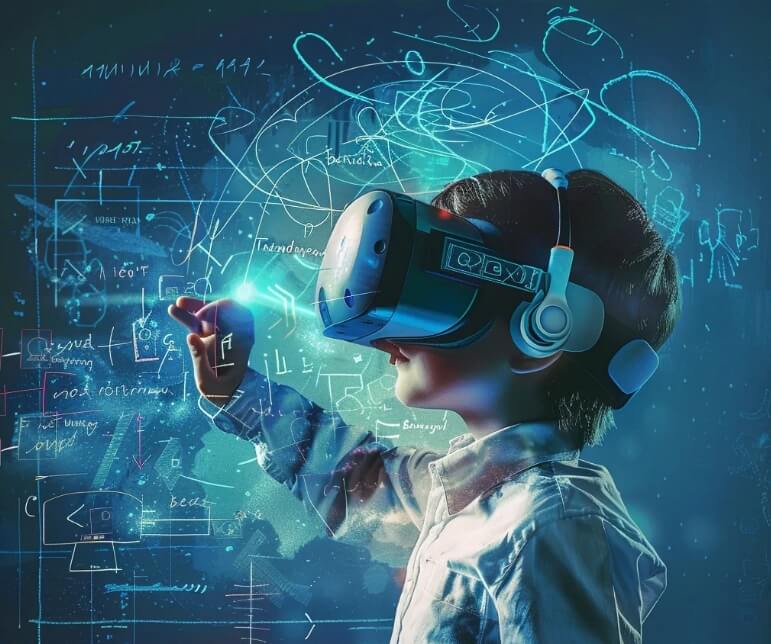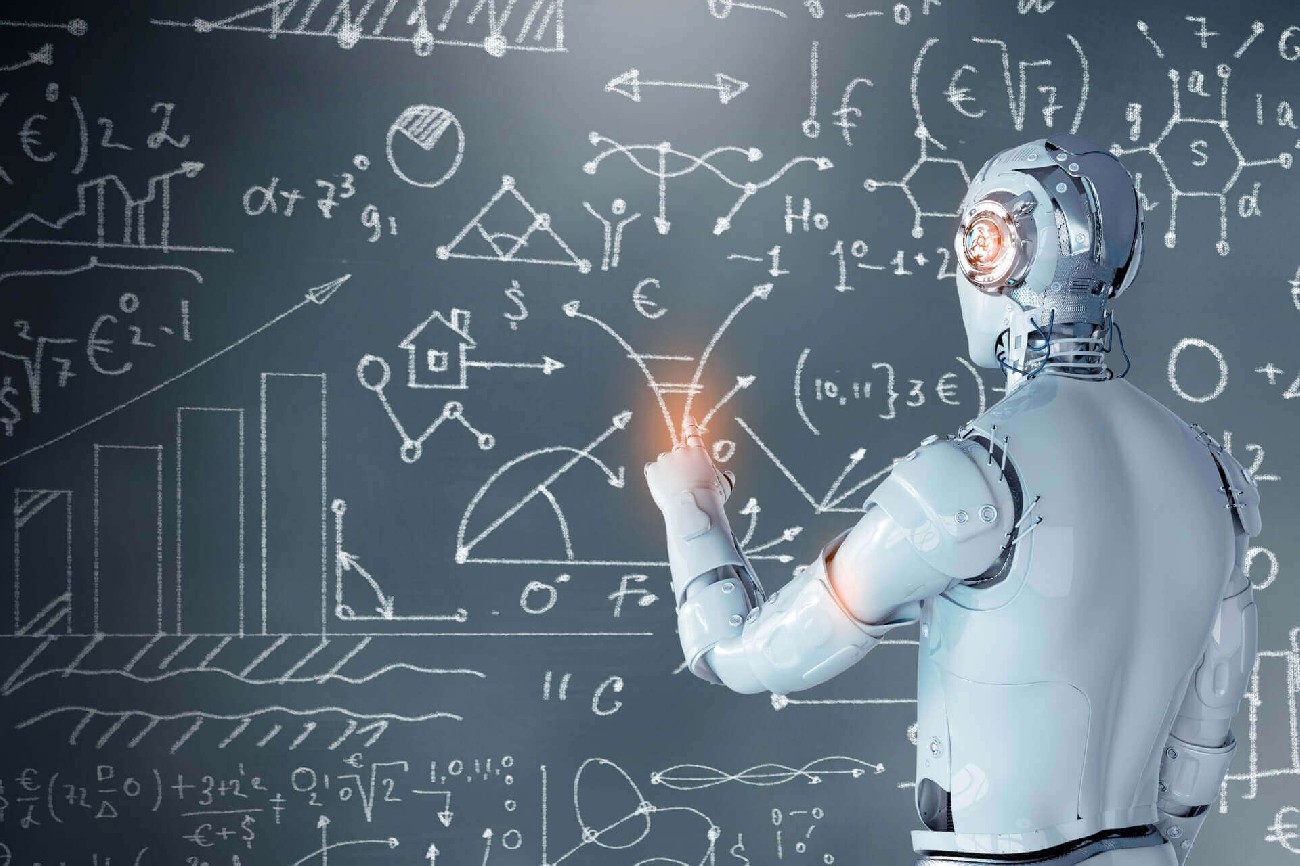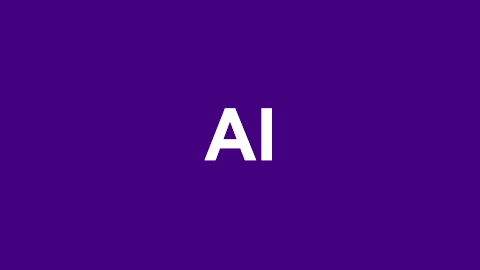Self-Supervised Learning (SSL) has made significant progress in recent years, becoming a hot topic in AI research. Unlike traditional supervised and unsupervised learning, SSL generates labels from unlabeled data, significantly reducing the dependency on manually labeled data. This method has shown excellent performance and widespread application prospects in fields such as image, text, and audio. This article will explore the core concepts of self-supervised learning, advanced methods, and its performance in real-world applications, as well as provide code examples to help readers better understand this revolutionary technology.
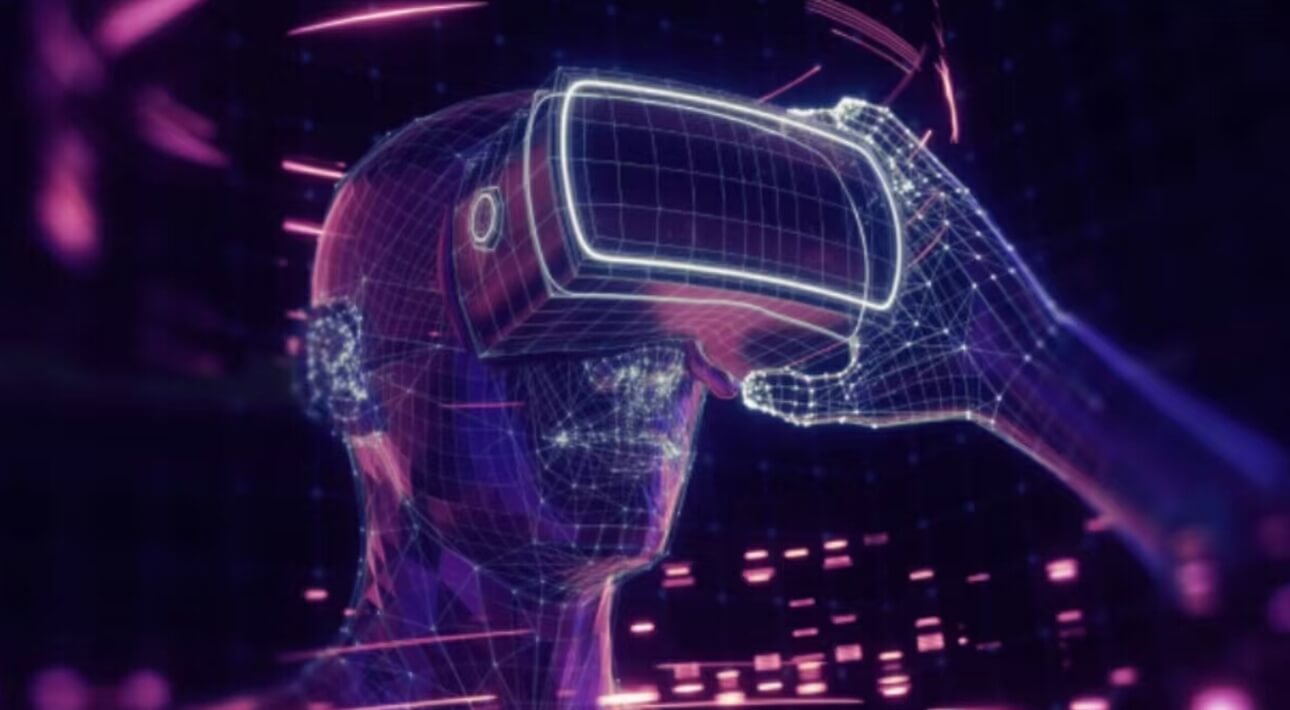
1. What is Self-Supervised Learning?
Self-Supervised Learning is a special form of unsupervised learning where a model is trained by generating labels from the data itself. The process typically involves the following steps:
Generate pseudo-labels: Extract information from unlabeled data to generate pseudo-labels or pretexts.
Model training: Use the generated labels to train the model.
Feature extraction: The trained model can be used for feature extraction and applied to downstream tasks (such as classification, detection, etc.).
This approach effectively utilizes large-scale unlabeled data, providing rich feature representations for deep learning models.
The Historical Background of Self-Supervised Learning
The concept of self-supervised learning dates back several years, with its initial focus in the field of image processing. With the rapid development of deep learning, researchers gradually recognized the immense potential of unlabeled data. Particularly with the explosive growth of large-scale datasets, the cost of acquiring labeled data has risen, making methods that reduce reliance on labeled data, such as self-supervised learning, increasingly important.
2. Advanced Methods in Self-Supervised Learning
The techniques and methods of self-supervised learning continue to evolve. Here are some of the current advanced methods:
1. Contrastive Learning
Contrastive learning is a popular self-supervised method that aims to learn effective feature representations by comparing similarities and differences between samples. It brings similar samples closer and pushes dissimilar samples apart, thus enhancing the model's discriminative ability.
Code Example: SimCLR
Here is a simple example of implementing SimCLR using TensorFlow:
import tensorflow as tf from tensorflow.keras import layers, Model def create_base_network(input_shape): base_model = tf.keras.applications.ResNet50(include_top=False, weights='imagenet', input_shape=input_shape) return Model(inputs=base_model.input, outputs=base_model.output) def contrastive_loss(y_true, y_pred): return tf.reduce_mean(tf.square(y_true - y_pred)) input_shape = (224, 224, 3) base_network = create_base_network(input_shape) # Example inputs anchor = layers.Input(shape=input_shape) positive = layers.Input(shape=input_shape) anchor_output = base_network(anchor) positive_output = base_network(positive) # Calculate contrastive loss loss = contrastive_loss(anchor_output, positive_output) model = Model(inputs=[anchor, positive], outputs=loss) model.compile(optimizer='adam', loss=contrastive_loss)
2. Generative Models
Generative models like GANs (Generative Adversarial Networks) and VAEs (Variational Autoencoders) can be used for self-supervised learning by generating samples. These models learn the data distribution to generate new samples while optimizing the quality of the generated samples.
Code Example: Variational Autoencoder (VAE)
Here is a simple VAE implementation example:
from tensorflow.keras import layers, Model from tensorflow.keras import backend as K # VAE parameters original_dim = 784 # For example, MNIST image size latent_dim = 2 # Encoder inputs = layers.Input(shape=(original_dim,)) h = layers.Dense(256, activation='relu')(inputs) z_mean = layers.Dense(latent_dim)(h) z_log_var = layers.Dense(latent_dim)(h) # Reparameterization trick def sampling(args): z_mean, z_log_var = args epsilon = K.random_normal(shape=(K.shape(z_mean)[0], latent_dim)) return z_mean + K.exp(0.5 * z_log_var) * epsilon z = layers.Lambda(sampling)([z_mean, z_log_var]) # Decoder decoder_h = layers.Dense(256, activation='relu') decoder_mean = layers.Dense(original_dim, activation='sigmoid') h_decoded = decoder_h(z) outputs = decoder_mean(h_decoded) vae = Model(inputs, outputs) # VAE loss def vae_loss(original, reconstructed): reconstruction_loss = K.binary_crossentropy(original, reconstructed) * original_dim kl_loss = -0.5 * K.sum(1 + z_log_var - K.square(z_mean) - K.exp(z_log_var), axis=-1) return K.mean(reconstruction_loss + kl_loss) vae.compile(optimizer='adam', loss=vae_loss)
3. Predictive Models
Predictive models train the model to predict part of the input data, enabling self-supervised learning. For example, BERT (Bidirectional Encoder Representations from Transformers) trains the model to predict missing words by randomly masking parts of sentences, achieving excellent results in natural language processing.
Code Example: Simplified BERT Implementation
Here is an example of pretraining BERT using Hugging Face's Transformers library:
from transformers import BertTokenizer, BertForMaskedLM
import torch
# Initialize BERT model and tokenizer
tokenizer = BertTokenizer.from_pretrained('bert-base-uncased')
model = BertForMaskedLM.from_pretrained('bert-base-uncased')
# Input sentence
input_text = "The capital of France is [MASK]."
inputs = tokenizer(input_text, return_tensors='pt')
# Predict the masked word
with torch.no_grad():
outputs = model(**inputs)
predictions = outputs.logits
# Get the predicted token at the masked position
masked_index = torch.where(inputs['input_ids'] == tokenizer.mask_token_id)[1]
predicted_token_id = predictions[0, masked_index].argmax(axis=-1)
predicted_token = tokenizer.decode(predicted_token_id)
print(f"Predicted token: {predicted_token}")4. Data Augmentation
Data augmentation plays an important role in self-supervised learning by generating multiple different samples from the original data through transformations (e.g., rotation, cropping). This enhances the model's robustness and generalization ability. Data augmentation in self-supervised learning not only generates new training samples but also increases the diversity of the samples during model training.
3. Applications of Self-Supervised Learning
1. Image Recognition
Self-supervised learning has widespread applications in image recognition. For instance, using contrastive learning methods, models can be trained on unlabeled image data and achieve excellent results in labeled image classification tasks.
Real-World Applications
In practice, many companies and research institutions have started using self-supervised learning to train image classification models. For example, Facebook's research team used self-supervised learning to train an image classification model, achieving state-of-the-art results on the ImageNet dataset. This approach reduces dependence on manually labeled data while maintaining high model performance.
2. Natural Language Processing
In natural language processing, models like BERT use self-supervised learning to pre-train on large amounts of unlabeled text data and then fine-tune on specific tasks. This significantly improves model performance across various downstream tasks such as text classification, sentiment analysis, and question answering.
Real-World Applications
Self-supervised learning is increasingly applied in search engines and social media platforms. For example, Google uses BERT in its search engine to achieve more accurate natural language query understanding, enhancing user experience. Additionally, social media platforms use self-supervised learning to improve the accuracy of content recommendation systems, thus increasing user engagement.
3. Recommendation Systems
Self-supervised learning is also widely used in recommendation systems. By analyzing user behavior data, models can self-generate user preference labels, providing more accurate recommendations in the recommendation algorithm.
Real-World Applications
Many e-commerce platforms and video streaming services use self-supervised learning to optimize recommendation algorithms. For example, Netflix uses self-supervised learning models to predict which movies and TV shows users might be interested in based on their viewing history, significantly improving user satisfaction and retention.
4. Audio Processing
The application of self-supervised learning in audio processing is gaining more attention. Researchers use unlabeled audio data for feature extraction to improve tasks like speech recognition and music generation.
Real-World Applications
For example, Spotify and other streaming services use self-supervised learning to analyze user music preferences and generate personalized playlists. Meanwhile, voice assistants like Siri and Alexa are continuously optimizing their speech recognition capabilities using self-supervised learning to improve user voice interaction experiences.
4. Challenges in Self-Supervised Learning
While self-supervised learning has achieved significant progress in many fields, it still faces several challenges:
Effectiveness of pseudo-label generation: How to generate high-quality pseudo-labels is key. Inaccurate labels may result in poor model performance.
Model complexity: Self-supervised learning models are often complex, and training requires substantial computational resources, especially when dealing with large datasets.
Data selection: Choosing the right data for self-supervised learning is crucial. If the data is not representative enough, it can impact the model's generalization ability.
Adversarial attacks: Self-supervised learning models may be sensitive to small changes in input data and are vulnerable to adversarial attacks.
5. Future Research Directions
As a rapidly evolving field, self-supervised learning has several noteworthy research directions for the future:
Improving the quality of pseudo-label generation: Researchers can explore more efficient methods for generating pseudo-labels to enhance model learning performance.
Multi-modal self-supervised learning: Combining different modalities (e.g., images, text, audio) in self-supervised learning can help models understand data more comprehensively.
Model compression and acceleration: To enable self-supervised learning on resource-constrained devices, studying methods for model compression and acceleration will be a key direction.
Enhancing model interpretability: As self-supervised learning applications expand, improving model interpretability will help people better understand the decision-making processes of the models.
6. Conclusion
Self-supervised learning is reshaping the research and application landscape of machine learning. By effectively leveraging unlabeled data, this approach not only improves model performance but also reduces dependency on labeled data. This article briefly introduced the basic concepts, advanced methods, and practical applications of self-supervised learning, along with some code examples, to provide readers with a clear understanding framework.
With ongoing advancements, self-supervised learning will continue to lead the development of artificial intelligence, unlocking many unknown possibilities. Future research will focus on further improving the learning and generalization capabilities of models, bringing innovative solutions to various industries. We welcome everyone to dive deeper into the infinite potential of self-supervised learning!
